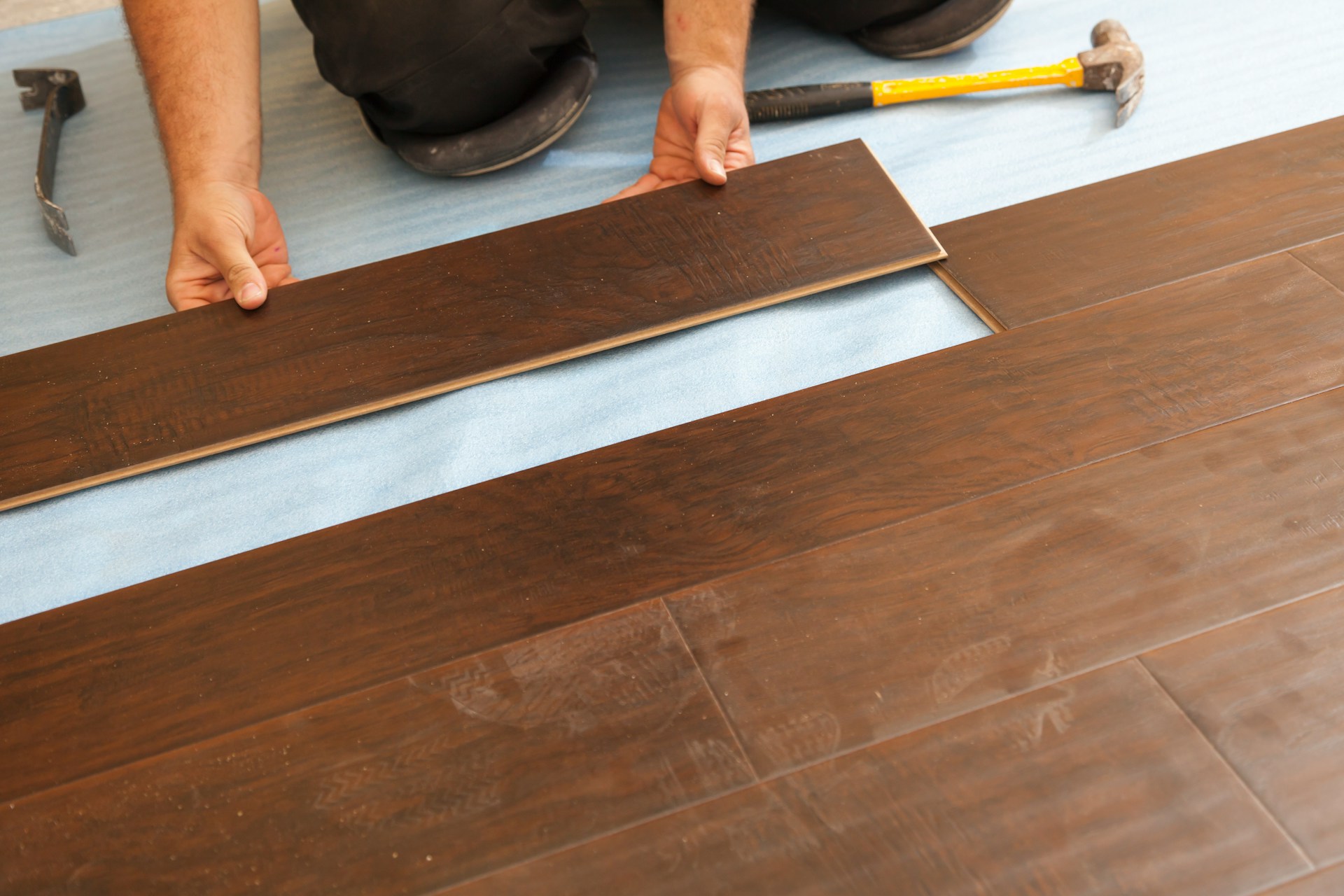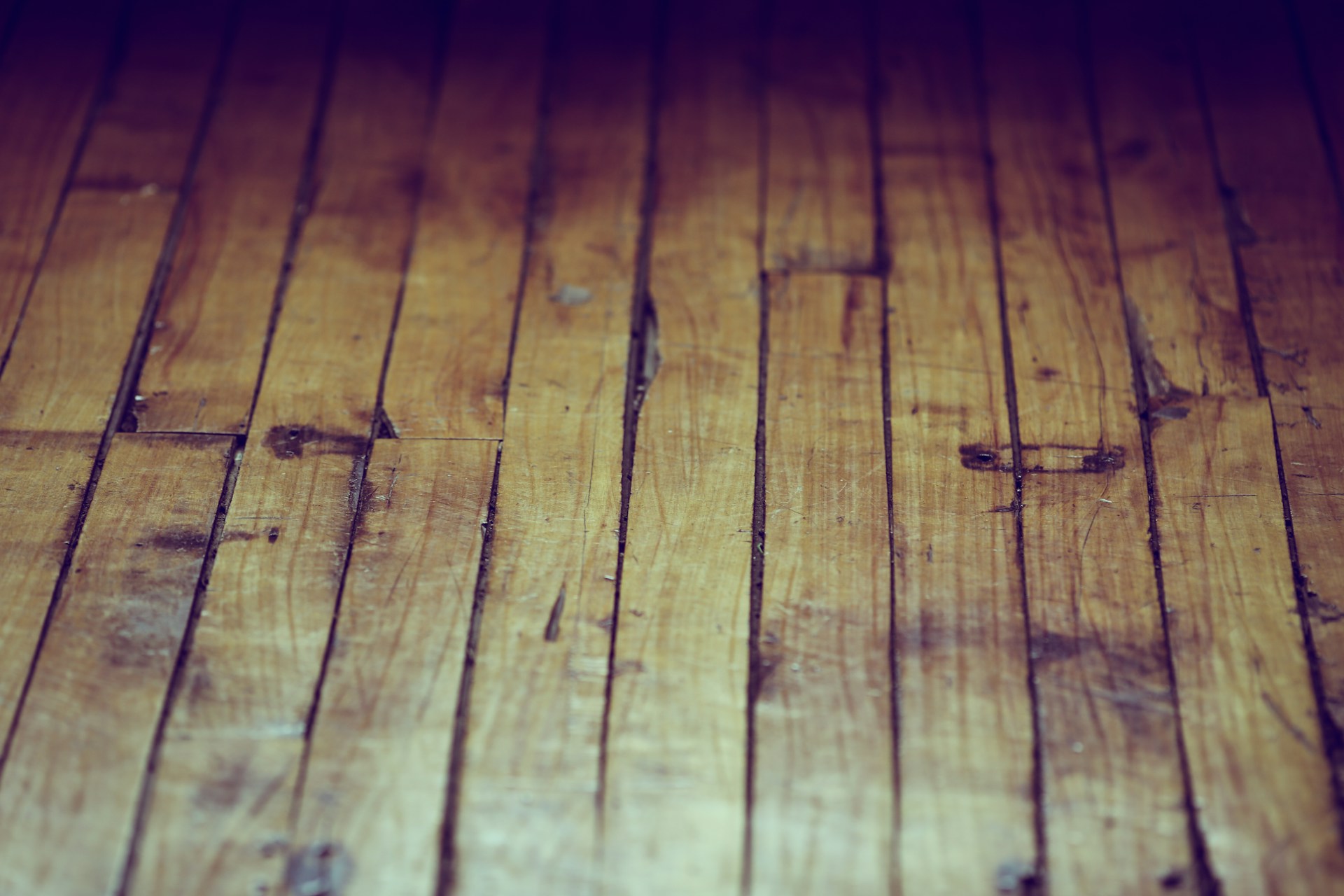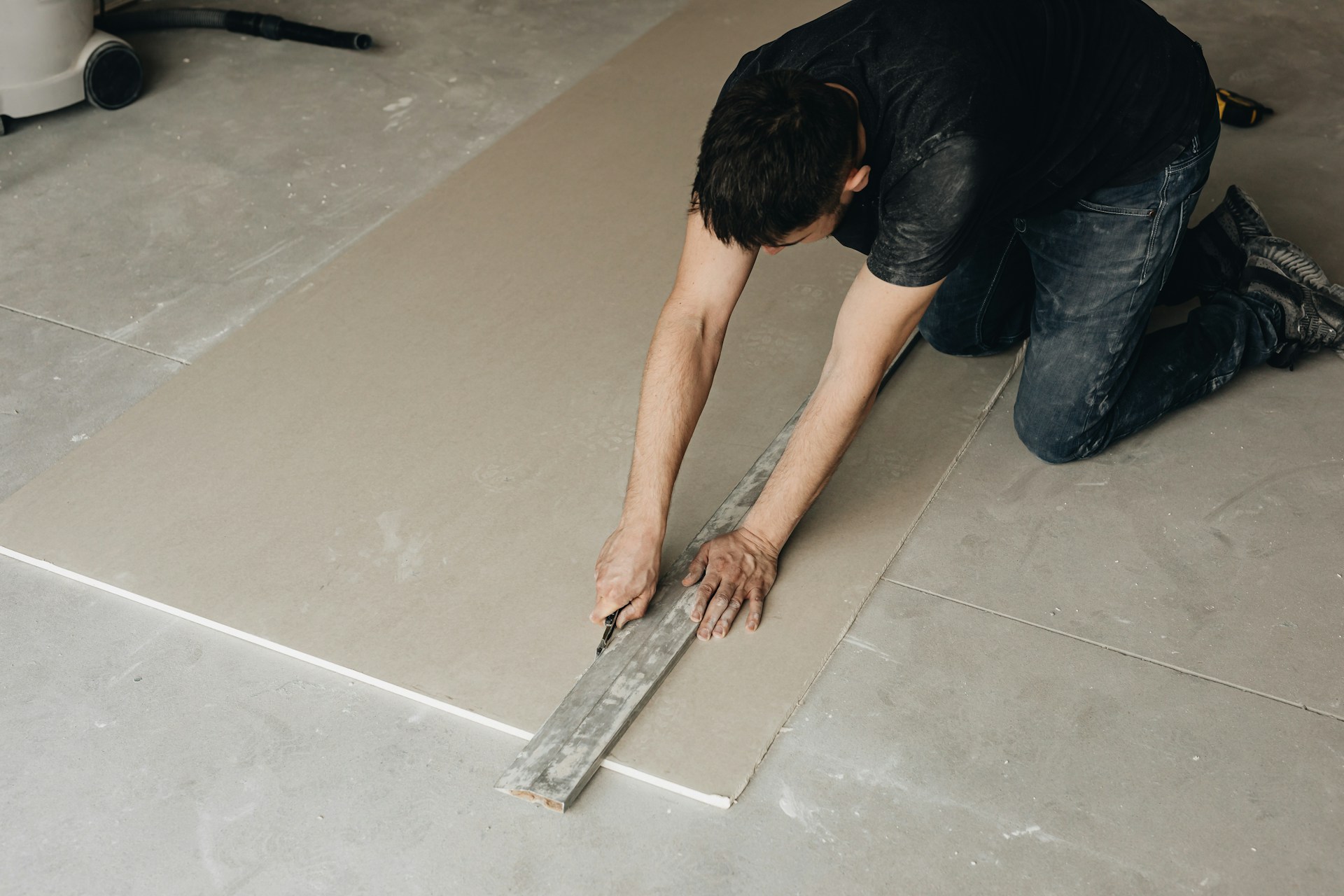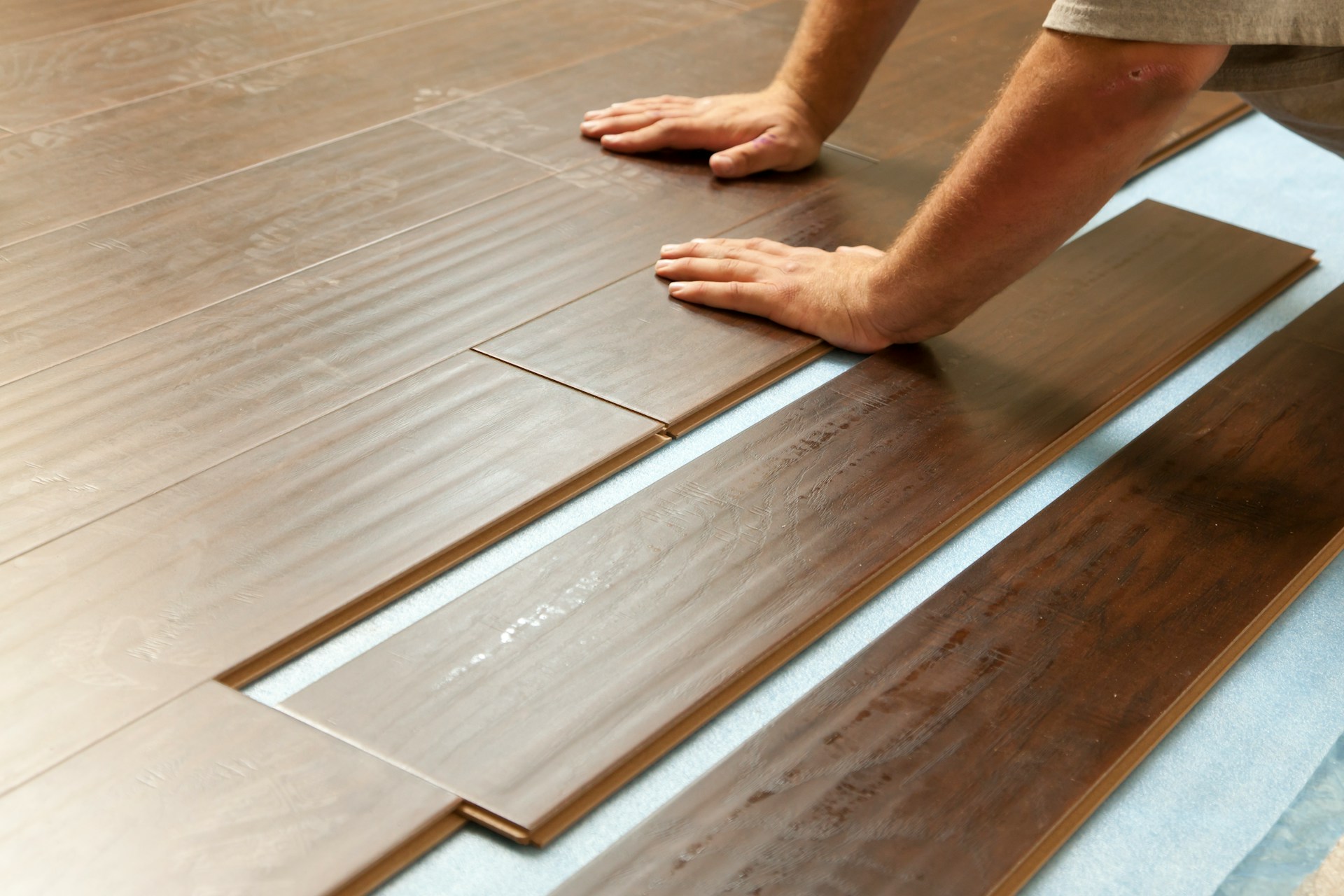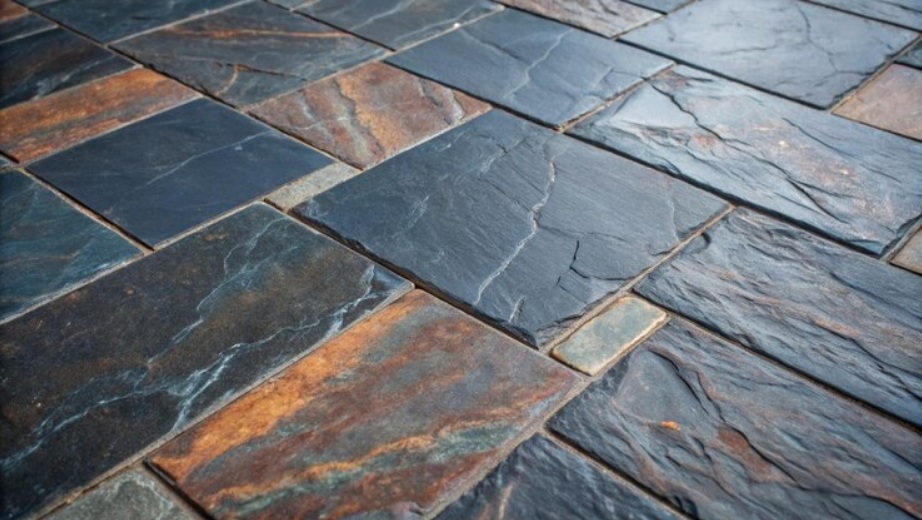Getting new flooring is exciting, but if you’re planning a custom flooring installation in Katy, it helps to know what to expect. Custom flooring isn’t a one-size-fits-all project. It’s usually built around your layout, your preferences, and how you live. That means it takes a little extra time and coordination to get things just right. Whether you’re upgrading the look, fixing wear and tear, or just ready for something that fits your style better, preparation and planning go a long way.
Knowing the steps ahead of time can make the process smoother and less stressful. From clearing out furniture to understanding who’s doing what when the work kicks off, a little knowledge makes a big difference. This kind of project can take a few days or more depending on the size of the job, so it’s smart to get yourself and your space ready before anyone shows up with tools and materials.
Preparing for Your Custom Flooring Installation
Once you’ve locked in your flooring choice and scheduled the dates, the next step is making your home ready for installation. This means setting the stage so the crew can work quickly and safely without delays. Think of this as the prep work before the show–important, often overlooked, and totally worth the effort.
Here’s how you can get started:
– Clear the space of furniture and personal items. Safely move furniture out of the rooms, unplug and relocate electronics, and pick up rugs or floor mats. If you have items too large to move on your own, let the flooring team know ahead of time. Don’t wait until the day of install.
– Secure or remove fragile items. Take down photos or wall art near the work areas. With tools and foot traffic moving through, it’s better to be safe than sorry.
– Check temperature and climate settings. In Katy, late fall can still get humid. Make sure your AC system is set to help stabilize the inside temperature so adhesives cure and materials settle properly.
– Remove items from closets or built-ins near the installation zone. It’s easy to forget these small spaces, but if flooring is going in or around them, they’ll need to be emptied.
– Set up a quiet space for pets or small children. Loud noises, new faces, and open doors can make pets anxious or curious, which can slow everything down.
It’s also a good time to chat with the installers. Any special instructions? Do they need access to water or power outlets? Should you block off part of the driveway for supply drop-off or hauling away materials? A five-minute conversation ahead of time can save a lot of hassle once the job’s in motion.
Custom flooring in Katy often works well in the late fall when the weather is cooler and more stable. It’s still smart to check inside for moisture levels and ventilation. Cracked windows or a few ceiling fans can help with air flow, which matters when finishes are setting.
Getting your home ready takes a little effort, but that prep work makes the installation go a lot smoother.
What Happens During the Installation
On install day, it’s all about timing and process. If your home is fully prepped, the crew can dive into work right away. The time it takes depends on your flooring choice, the amount of work, and how many rooms are being updated.
Here’s how most custom flooring installations usually go:
1. Removal of old flooring – Whether it’s carpet, vinyl, or tile, the old material has to come up. This includes pulling up any glue, nails, or underlayment.
2. Subfloor inspection and prep – The team checks the surface underneath for damage or uneven spots. If anything’s off, they’ll level or repair it so your new floor lays correctly.
3. Acclimation of materials – Some materials like wood or laminate need to adjust to indoor temperatures before they get installed. This prevents shifting or warping later.
4. Layout and installation – This is when the flooring starts being put down. Pieces get cut, placed, aligned, and finished. It’s often the most time-consuming part.
5. Clean-up and walk-through – After everything’s in, the team picks up all materials and equipment. You’ll usually do a quick walkthrough to go over next steps and ask any last questions.
Installers usually go one space at a time. If you’re living in the space while the work happens, they may check in daily to let you know which areas they’re working on so you can plan around it.
Expect some noise and dust while work is going on, especially with wood or tile being cut. Closing room doors nearby during the day can help block off some of the mess.
When everything’s laid out ahead of time, the work doesn’t feel as overwhelming, especially when you get to watch the transformation unfold a little more day by day.
Post-Installation Care and Maintenance
Once the floors are in, your first thought is probably getting the room back together. But giving your new custom flooring in Katy the right start is important too.
Start by asking your installer how long you should wait before walking on or placing furniture. This depends on the type of flooring and materials used. Some adhesives or coatings need time to cure. If the surface feels soft, sticky, or smells strongly of finish, it’s usually better to wait a bit longer.
Here’s what else you can do in those first few days:
– Don’t bring all the furniture back right away. Use pads under furniture legs and try to lift items instead of dragging.
– Avoid spilling water or other liquids during the first couple of days. Even moisture from a knocked-over cup can mess with edges or finishes.
– Keep air moving using the AC system or ceiling fans to help with curing.
One of the best things you can do for long-term care is stick to a regular cleaning schedule. Dry mops or damp cloths work best for day-to-day dirt. Try to keep steam mops or wet cleaners off the floor, especially on wood and laminate types. Those can wear down the surface or cause damage over time.
Little things help too. Entry mats catch dirt and grit. Rugs in high-traffic areas help with wear. Pets? Keep their nails trimmed to avoid minor scratches.
Even though well-installed custom flooring holds up great, small warning signs shouldn’t be ignored. Things like edges coming up, strange noises underfoot, or spots in the finish changing color should be addressed early on. It’s way easier to fix small issues quickly than to deal with bigger problems later.
Benefits of Professional Installation Services
A custom flooring project isn’t just about looks. It has to function well too. That’s why choosing professional installation makes a big difference.
Homes in Katy often come with their own quirks. One room might be cooler or damper than another. Floors can shift slightly over time or have odd corners and cutouts that throw off cheap installation kits. Experienced installers know how to work around all that without wasting time or materials.
You also avoid guesswork. Pros know how to line up patterns between rooms, make exact cuts, and join materials in a way that stays put. You won’t have to deal with clumsy transitions or seams that don’t sit flat.
And let’s be real. Not everyone has specialty tools or wants to spend hours searching online when things don’t go as planned. Hiring pros saves you that headache.
Professional jobs come with clearer timelines, cleaner work areas, and better peace of mind. At Wayne Carpet & Oak Flooring, we take pride in making your floors part of what makes your space feel right. When you’re putting time, money, and style into your space, it matters that you’re covered.
Now You’re Ready to Enjoy Your Floors
Once the last piece is in and your home starts to feel like home again, you’ll notice it right away. Custom flooring doesn’t just change how your home looks—it changes how it sounds, feels, and functions. That new floor is part of your routine, your gatherings, your memories.
When you choose custom flooring in Katy, you’re choosing comfort that fits your space and style. It lasts longer, holds up better, and gives you a cleaner finish when the work is done right.
Stick to a simple care routine, keep a light eye on wear, and trust that your floors are built to hold up to everyday living.
It took a bit of prep and a few days of work, but in the end, you’ve got something that looks good, works well, and makes your space feel like your own.
To enjoy a seamless and unique blend of style and functionality in your home, consider custom flooring in Katy that matches your needs perfectly. Wayne Carpet & Oak Flooring offers a wide range of options to elevate your space. To explore what’s available for your specific project, take a look at our selections and get started on creating the perfect floor that brings comfort and aesthetic appeal together.

